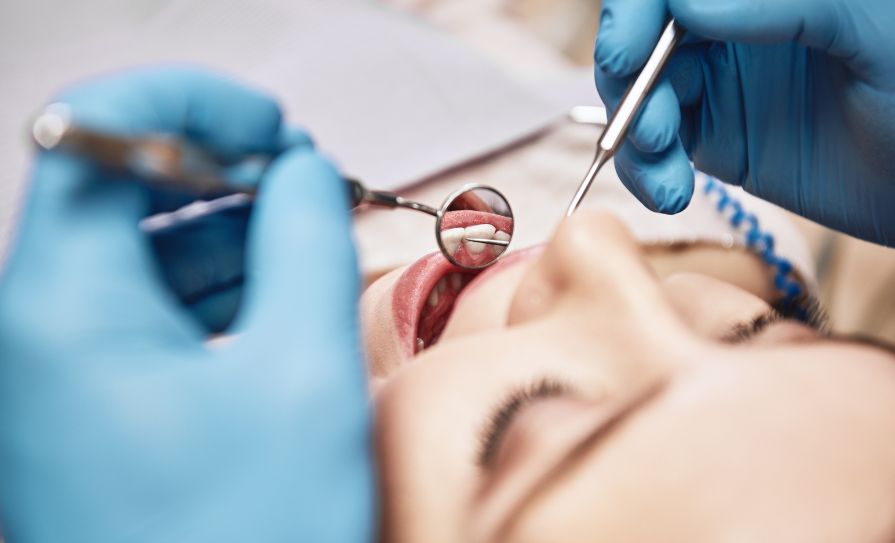The annual cost of introducing new services for lymphoedema is €5.2 million and would result in a net saving of €13.9 million, according to the model of care recently published by the HSE.
The new service could bring demonstrable savings of €19.1 million due to reduced hospital admissions, reduced costs in dressings, bandages and use of antibiotics and reduced visits.
“This would equate to a net annual saving of €13.9 million to the Irish health service and a quality service for patients once services were fully established,” according to Lymphoedema and Lipoedema Treatment in Ireland: A Model of Care for Ireland – A Working Group Report.
“There are also savings due to prevention and early detection that are difficult to quantify. Early detection and prevention play an important part in reducing the disease burden in these conditions for which prevalence is expected to increase due to an ageing population, increase in cancer incidence, cancer survivorship and obesity.”
The model of care identifies a need for 56.2 whole-time equivalents (WTEs) nationally to provide a comprehensive service.
Based on the current WTE (11.1) allocated time to lymphoedema/lipoedema services, this would involve the recruitment of 45.1 additional therapists.
“Many existing expertly trained staff could be appointed to these positions with their non-lymphoedema work carried out by other recruited professionals. There will also be a need for a multitask attendant in each SLC [specialist lymphoedema clinic], nine WTEs in total,” according to the document.
Current services are “fragmented, non-standardised and lack full-country coverage”.
“They are offered through multiple disciplines; physiotherapy, nursing and occupational therapy,” outlines the document.
Between 2012 and 2017, some 26 patients with lymphoedema accessed the HSE’s Treatment Abroad Scheme at a cost of €103,429.
The model of care recommends one SLC be established in each Community Healthcare Organisation for assessment, intensive treatment and education for all types of lymphoedema and lipoedema.
Acceptable assessment waiting times should be identified when the standards for lymphoedema are agreed, according to the document.
In terms of treating patients, an agreed lymphoedema algorithm should be introduced to ensure standardised best practice.













Leave a Reply
You must be logged in to post a comment.